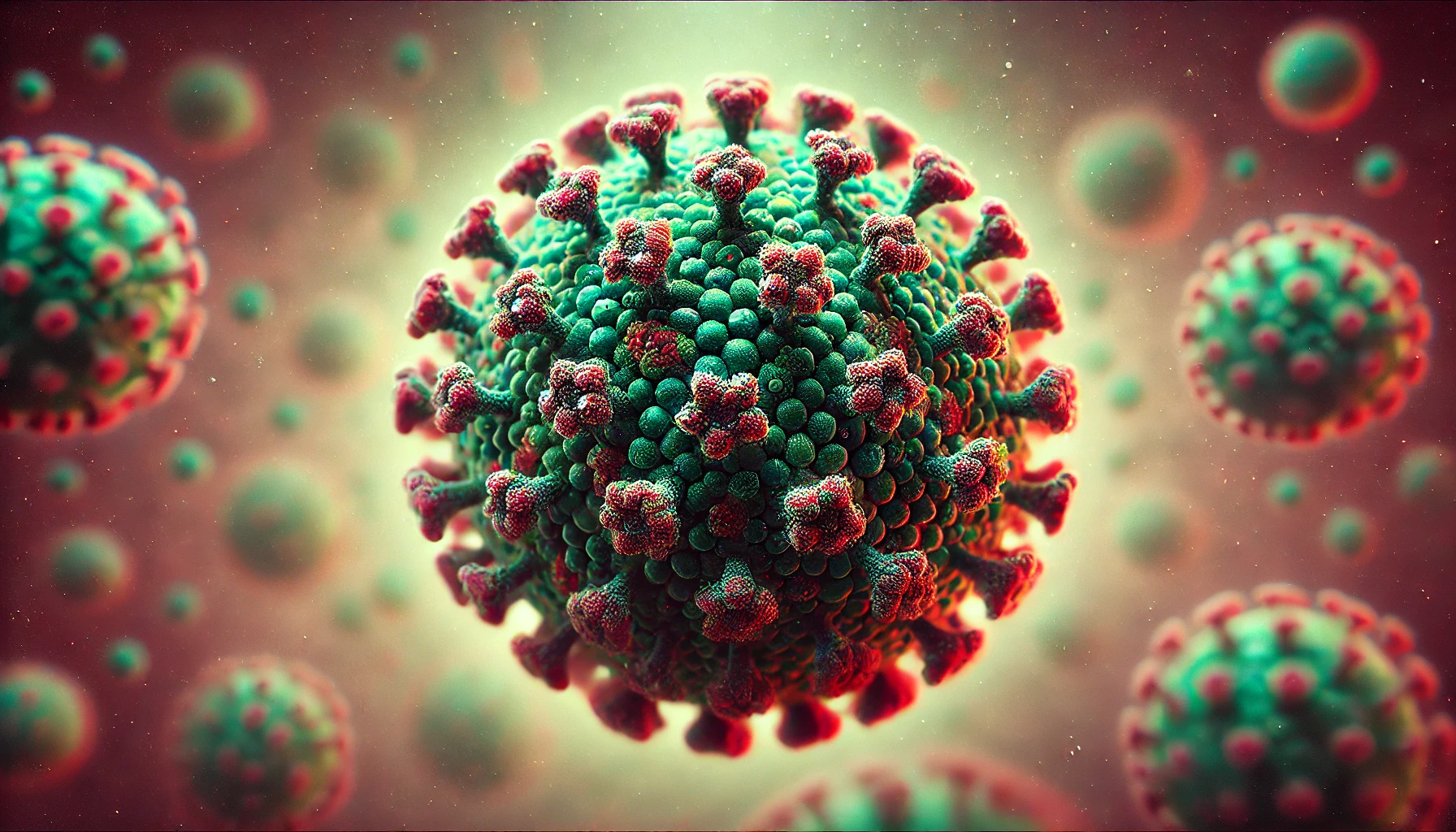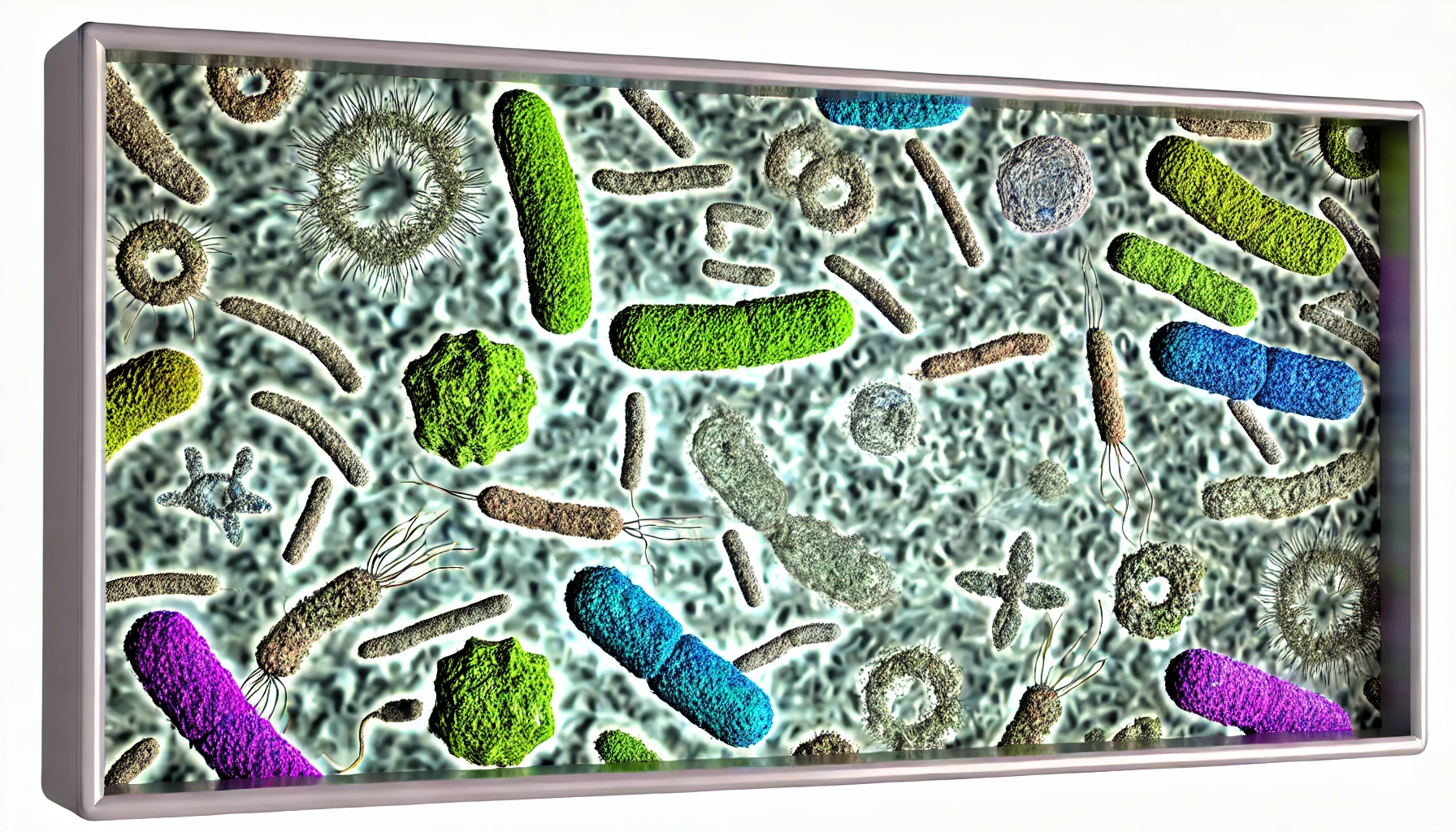-

“I disagree with Kamala’s position on the war in Gaza. How can I vote for her?” Here is Bernie’s answer
-

Vote, and vote wisely.
-

Why Scientists Are Puzzled By This Virus
-

What if Earth grew 1cm every second?
-

Apollo 16 lunar rover
-

There Is Something Hiding Inside Earth
-

Cabel Sasser, Panic – XOXO Festival
-

The Bizarre Virus That SAVES Your Life
-

…Will Save Your Life Next Week
LinkedIn – Mastodon – Matrix – su1 – FlatTurtle – Shan Wong – Shan Wong Design – Ila – IP – user-agent – headers – timezone – keyoxide







